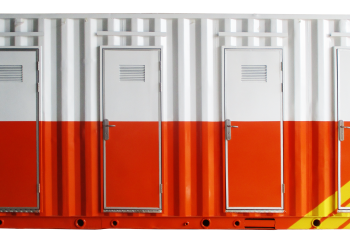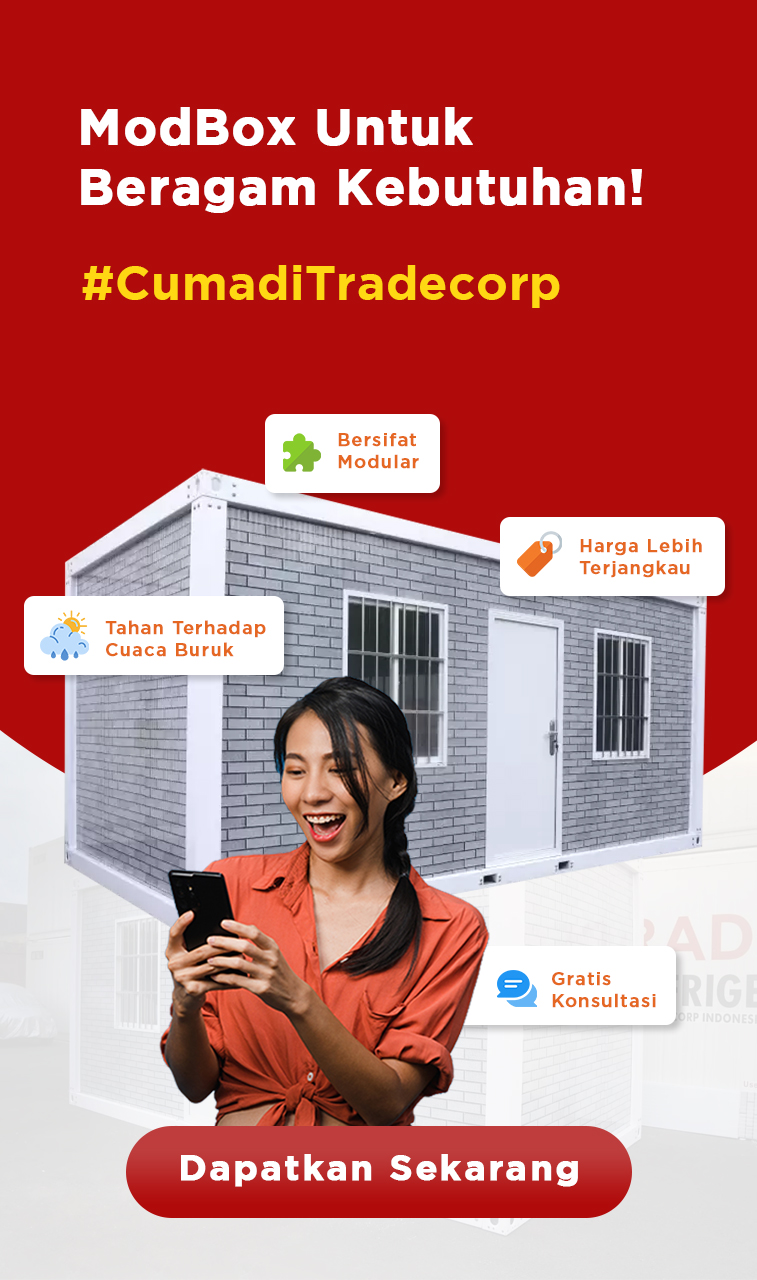Steel roof framing is a component in building construction that supports the roof, walls, and floors of a structure. The roof, as the uppermost element of the building structure, serves to protect the interior from extreme weather while maintaining the stability of the building.
With horizontal plates connected to beams and columns, steel framing ensures even load distribution and high durability. Initially applied in large-scale projects such as warehouses and multi-story buildings, steel framing is now used in a wide variety of buildings, including homes, schools, offices, and public facilities.
The flexibility of steel material supports a range of modern architectural designs, from simple to complex. Steel also offers sustainability advantages as it is mostly made from recycled materials, making it an environmentally friendly option without compromising strength.
Different types of steel, such as galvanized, galvalume, and weathering steel, are designed to meet the needs of buildings in various climatic conditions. Compared to other metals like aluminum or copper, steel is more affordable while still excelling in quality and durability.
This article will discuss the benefits of steel roof framing, its differences with roof trusses, and why light gauge steel is the right choice for modern construction.
The Advantages of Steel Roof Framing as a Building Roof
The Best Option for Mining Camp and Site Office

Steel roof framing has become the top choice for modern building roofs. Its strength, durability, and flexibility make it superior to traditional materials.
Whether for residential homes or large-scale buildings, steel framing offers several advantages that not only support structural stability but also provide efficiency in installation and maintenance. Here are some benefits of steel roof framing:
1. Durable and Tough
Steel roof framing is known for its resistance to extreme weather, termites, and decay. This material is suitable for various climates, including areas with heavy rainfall or strong winds. Steel also does not absorb water, maintaining its weight stability even when exposed to rain.
2. Lightweight
Steel roof framing is relatively light, making installation easier, especially in buildings with a steel frame structure or when converting a flat roof into a pitched roof. Its lightweight nature exerts minimal pressure on the walls and ceilings.
3. Dimensional Stability
Steel has high dimensional stability, as it does not shrink, expand, or deform due to temperature and humidity changes. The structure remains strong over the long term without the risk of distortion.
Read More: Steel Floor Joists: What Are the Advantages for Construction?
Read More: What is Construction Sheathing? Explore Its Uses and Types
Read More: Steel Roof Beams Made from LGS, What Are the Advantages?
4. Flexible Usage
Steel roof framing is suitable for various types of buildings, from modern homes to warehouses or supermarkets. This product is often provided in semi-fabricated form according to specifications, making installation easier at the project site.
5. Environmentally Friendly
Steel is a fully recyclable material, making it an environmentally sustainable construction choice without compromising quality or strength.
6. Long-Term Cost Efficiency
Although the initial investment may seem high, steel roof framing offers long-term value with its extended service life and low maintenance costs.
7. Easy Installation and Maintenance
Semi-fabricated steel framing is easy to install, even for large roofing projects. Installation only requires a simple grid consisting of battens, counter battens, and a foil layer. Maintenance is also straightforward, just clean it regularly and repaint every few years to maintain its appearance.
Steel Roof Framing: Rafter vs. Truss, What’s the Difference?
|
Features |
Rafter |
Truss |
| Design | Traditional and flexible for unique architectural designs. | Modern and designed for even load distribution. |
| Use | Suitable for high or vaulted ceilings, as well as additional spaces like attics. | Ideal for quick construction with high stability, especially for large buildings. |
| Additional Space | Provides more space, making it suitable for attics that can be used as living areas. | Does not provide additional space as it is designed for structural efficiency. |
| Cost | Generally more expensive due to longer construction time. | More economical as it is produced using prefabrication methods, saving time and costs. |
| Installation Time | Requires more time as installation is done on-site. | Quick to install as it is made as a prefabricated unit ready to be assembled. |
| Site Access | Suitable for difficult-to-reach locations where trusses may be difficult to transport. | Requires sufficient access for the delivery and installation of prefabricated trusses. |
| Ceiling | Supports high or vaulted ceiling designs without structural limitations. | Can use scissor trusses to create stable curved ceilings. |
| Suitable Projects | Projects with a focus on design and maximizing space usage. | Projects with a focus on cost-efficiency, stability, and fast construction. |
Why Use Light Gauge Steel for Roof Framing?
The Best Option for Mining Camp and Site Office

Light Gauge Steel (LGS) is becoming an increasingly popular choice for roof framing due to its many advantages. Here’s why LGS is the ideal choice:
1. Strong, Durable, and Lightweight
LGS offers reliable structural strength while being up to 50% lighter than other materials such as wood. This makes transportation and installation easier and speeds up construction time without compromising durability.
2. Pest Resistant
LGS is not vulnerable to termites, insects, or rodents, providing longer-lasting protection without the ongoing cost of pest control.
3. Fire Resistant
This material is fire-resistant, making it ideal for buildings that require extra protection against high temperatures. The fire-resistant coating on LGS adds an extra layer of safety to any structure.
4. Design Flexibility
With high customization capabilities, LGS allows designs that meet the specific needs of the project. From light to heavy loads, this material meets various construction demands.
5. Fast Construction
LGS speeds up the installation process, allowing projects to be completed more quickly while saving time and costs. This time efficiency is particularly beneficial for projects of any scale.
6. Cost-Efficient
LGS offers long-term value. Its high durability and easy maintenance make it more economical than other materials, helping significantly reduce costs over time.


















